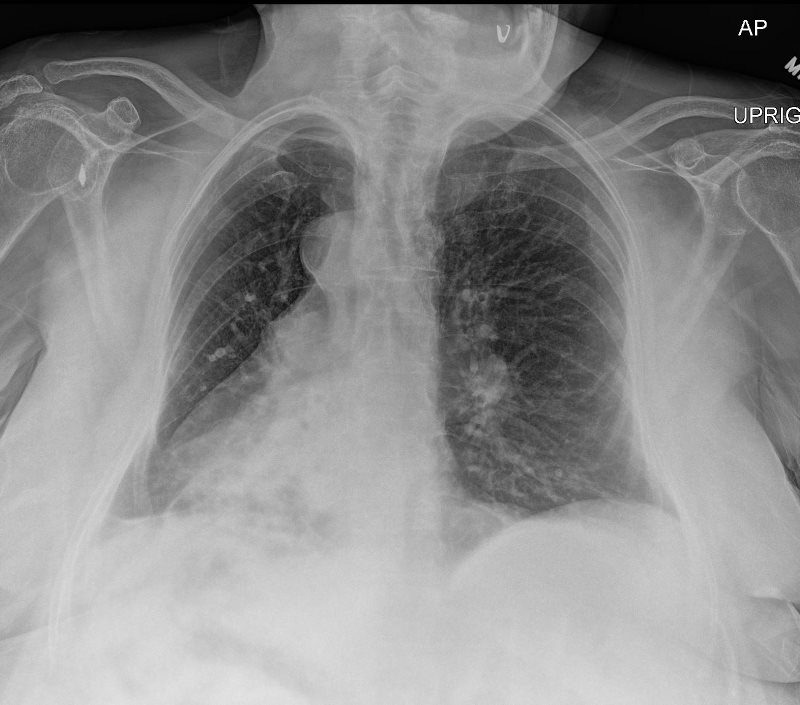
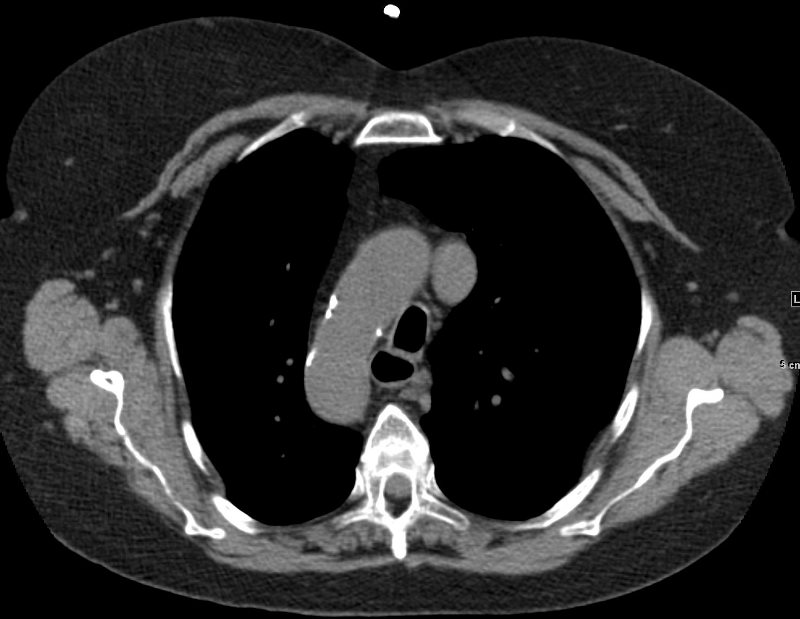
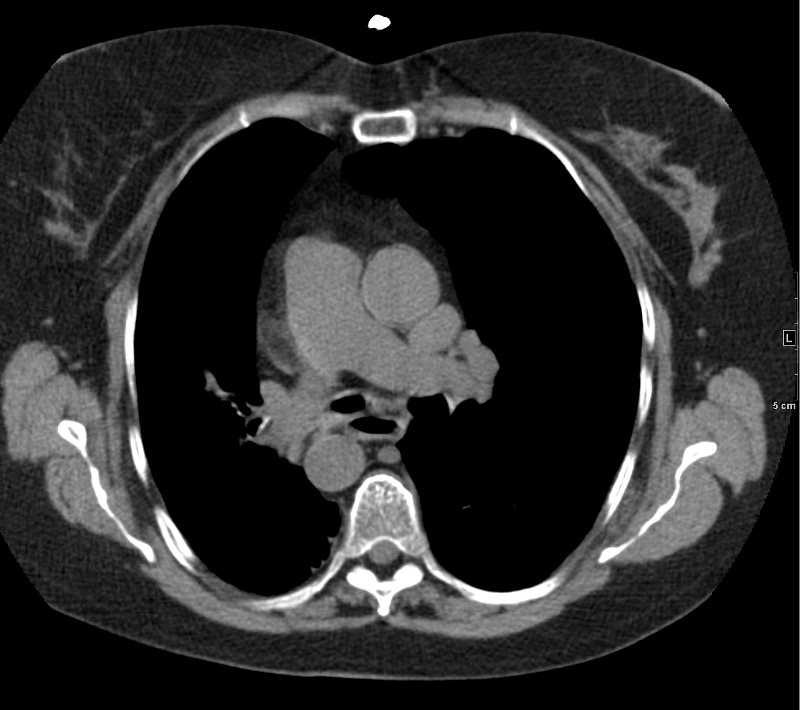
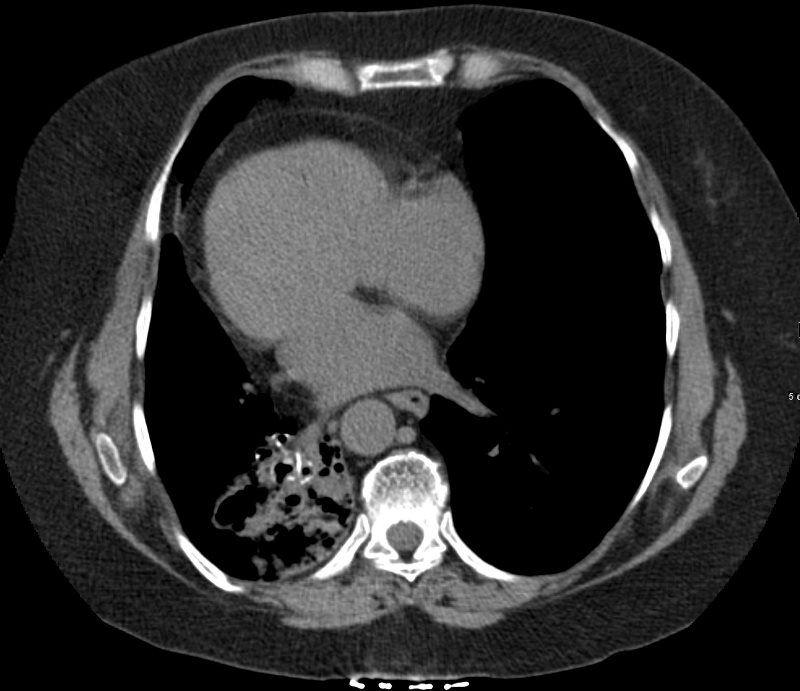
APEX POINTS TO RIGHT, BRONCHIECTASIS
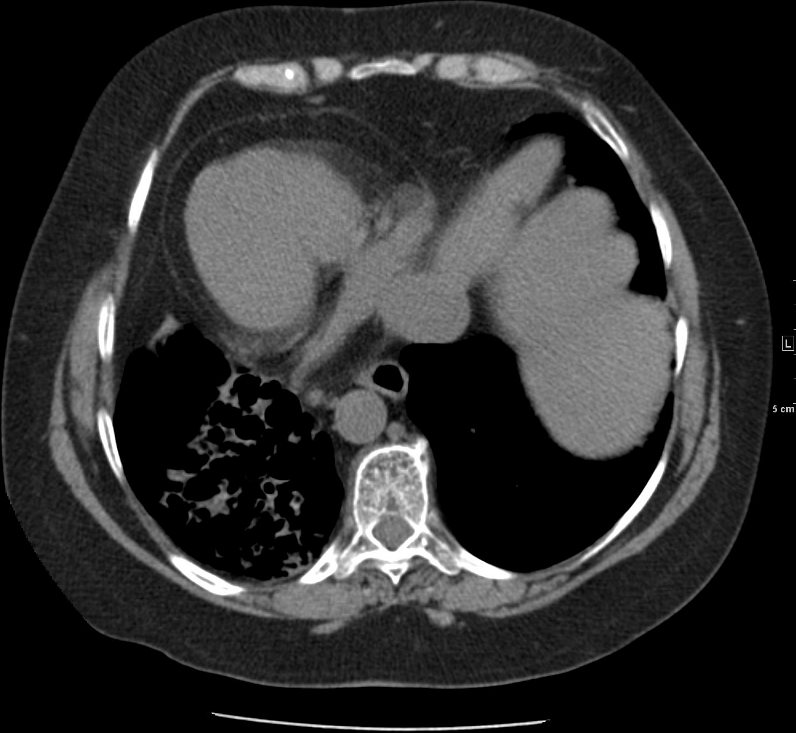
APEX POINTS TO RIGHT, BRONCHIECTASIS
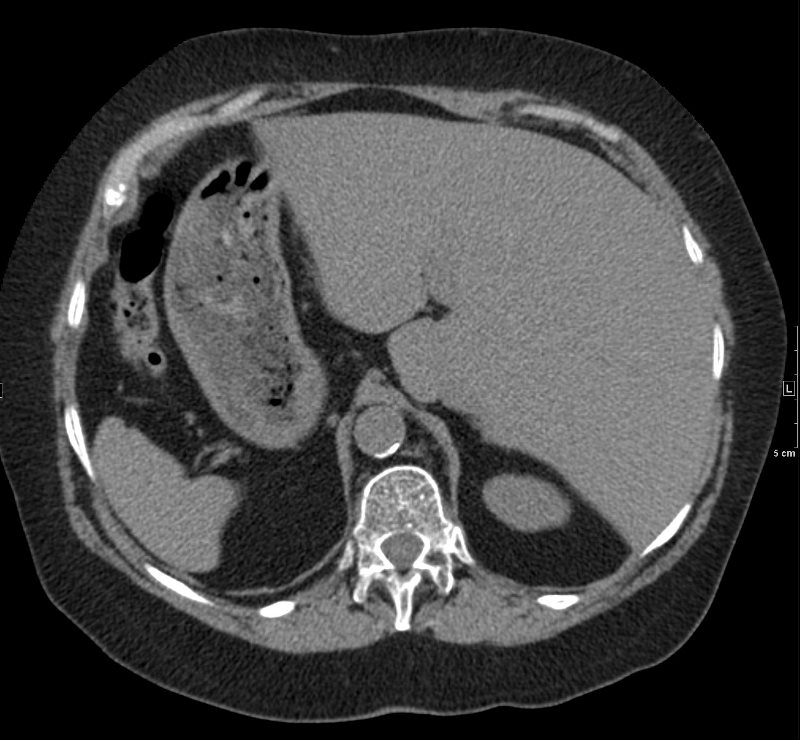
LIVER ON RIGHT , SPLEEN AND STOMACH ON LEFT

BRONCHIECTASIS

SITUS INVERSUS OF BRONCHI,- HYPARTERIAL BRONCHUS ON RIGHT, EPARTERIAL BRONCHUS ON LEFT
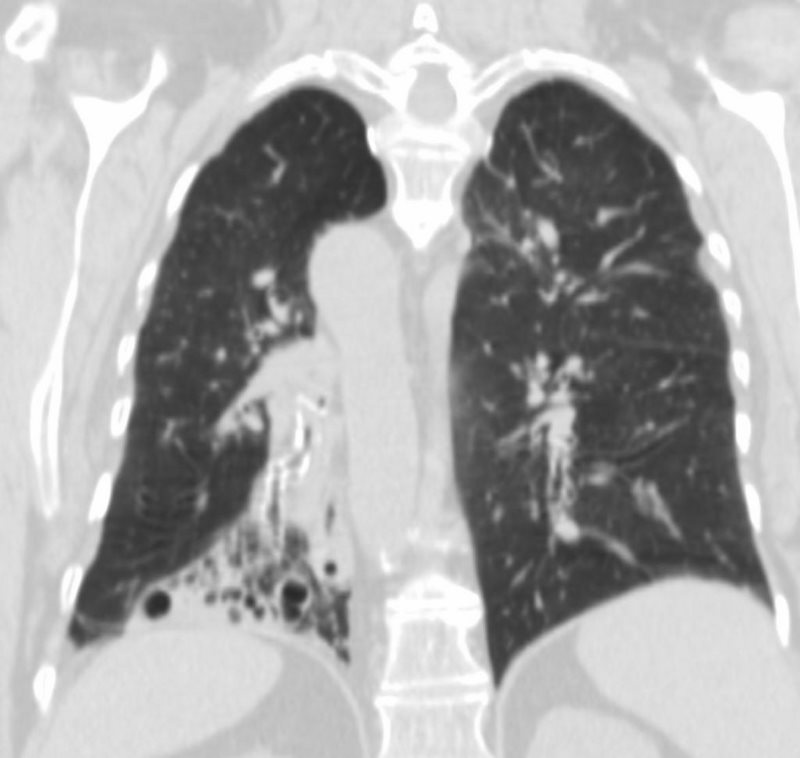
BRONCHIECTASIS AND RIGHT SIDED DESCENDING AORTA
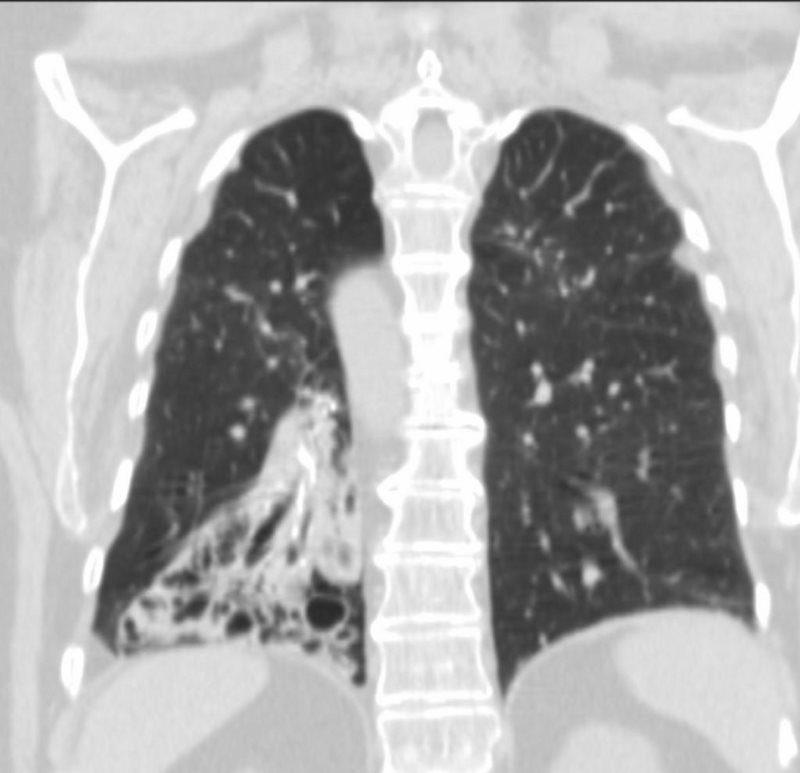
BRONCHIECTASIS

TWO LEFT SIDED FISSURES AND DEXTROCARDIA

CHRONIC SINUSITIS
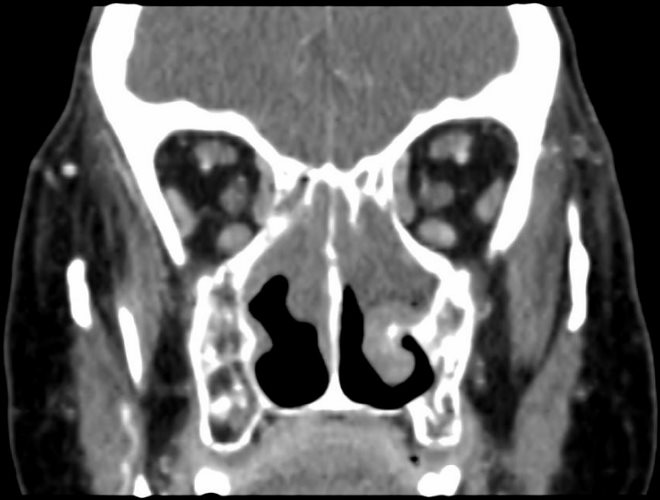
CHRONIC SINUSITIS
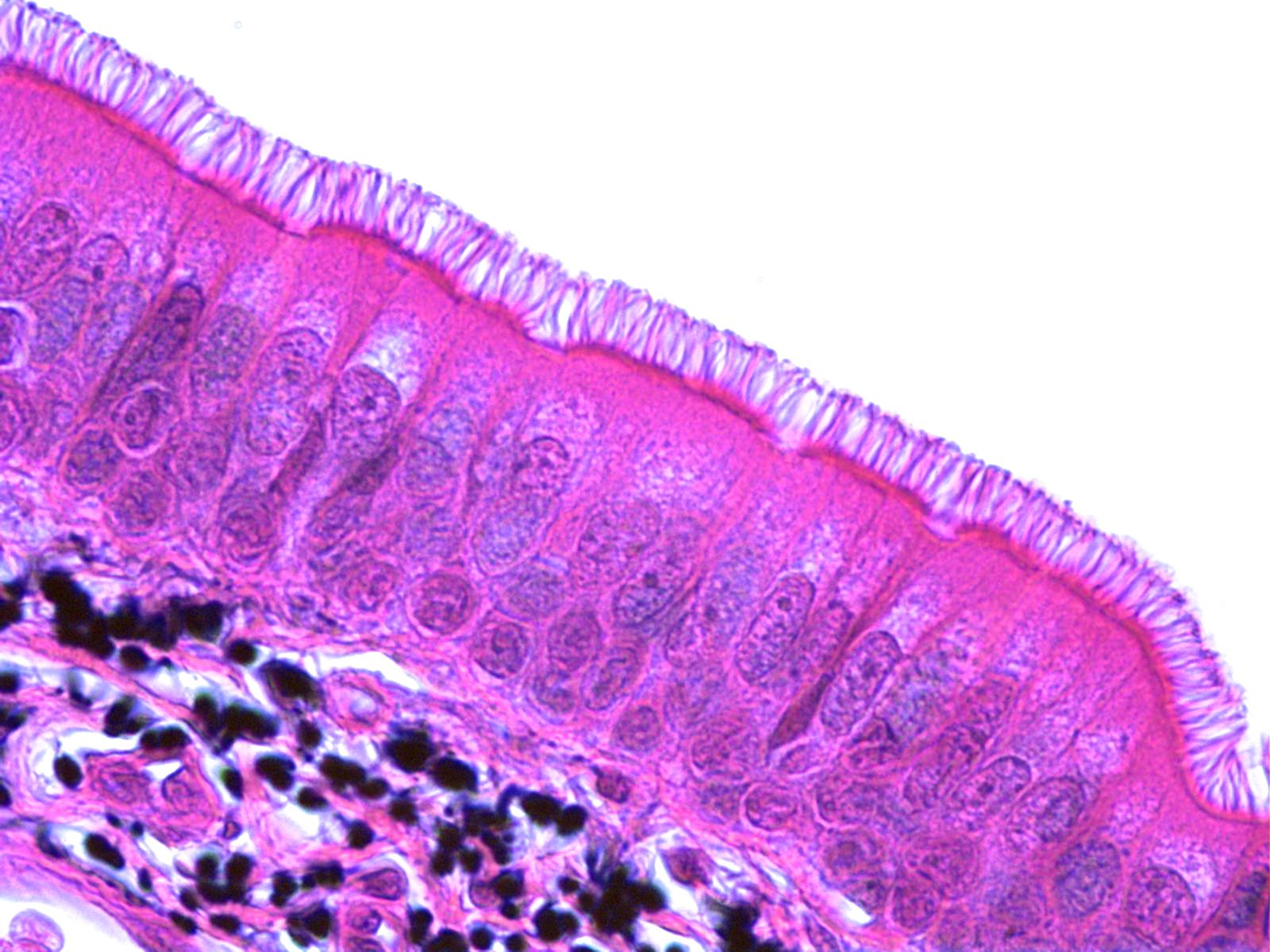
Work of Lisa Landes
Art by Ashley Davidoff MD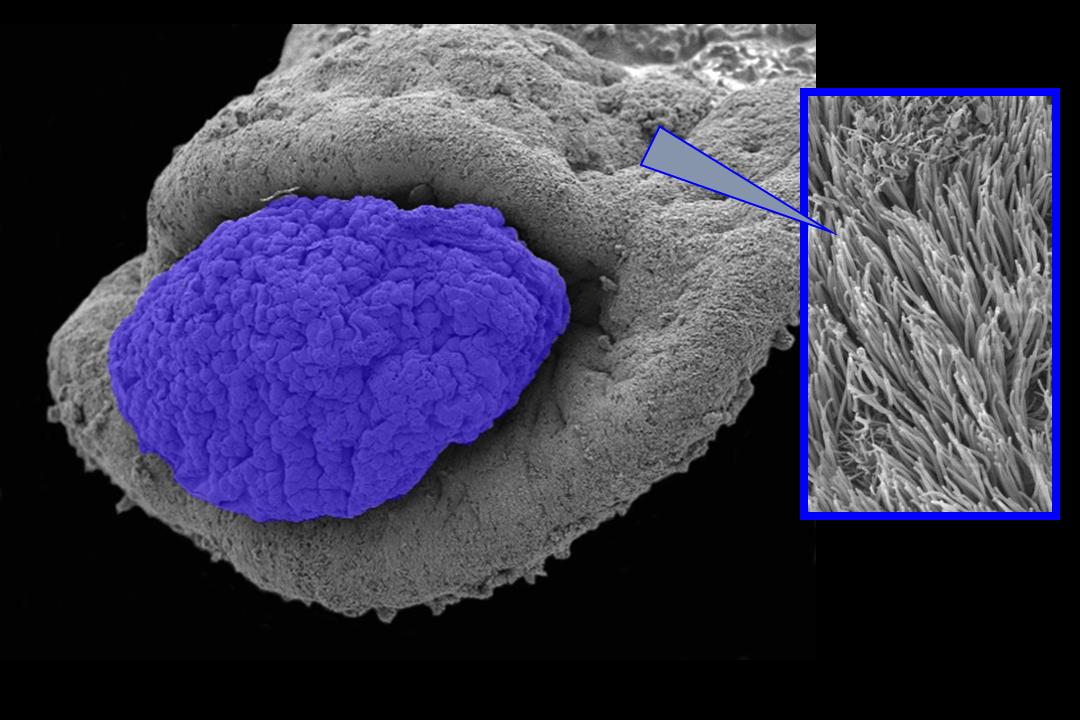
Scanning electron micrograph showing a hamster oocyte cumulus complex, colorized blue, entering the ostium of an infundibulum. The outer and inner surfaces of the infundibulum are covered with cilia (inset)
Wok of Prue Talbot and Karen Riveles in Reproductive Biology and Endocrinology –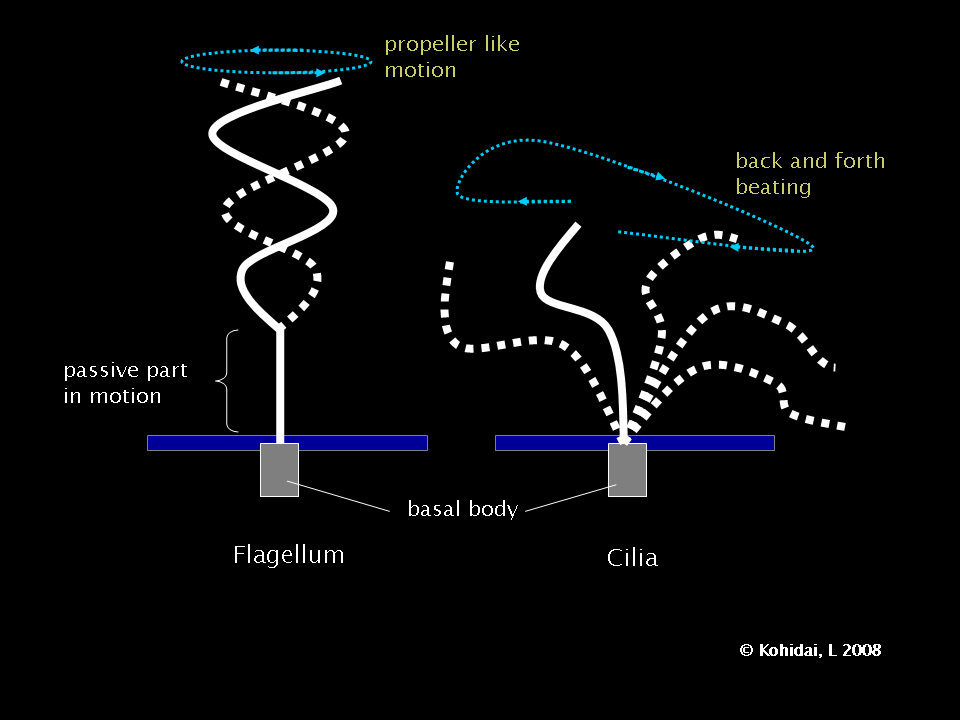
Work of Kohidai, L. –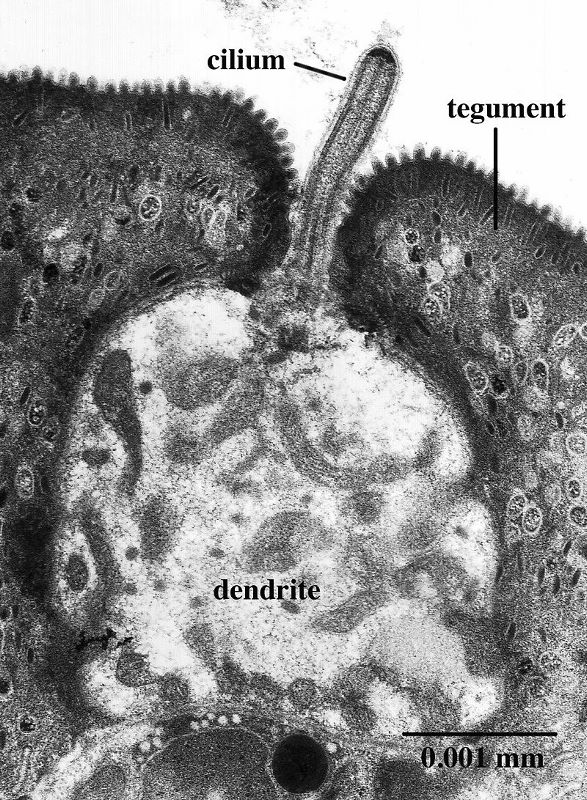
Electron transmission microscopy image of a ciliated surface receptor of Lobatostoma manteri. A single cilium arises from the terminal dendritic swelling
From the work of Klaus Rodhe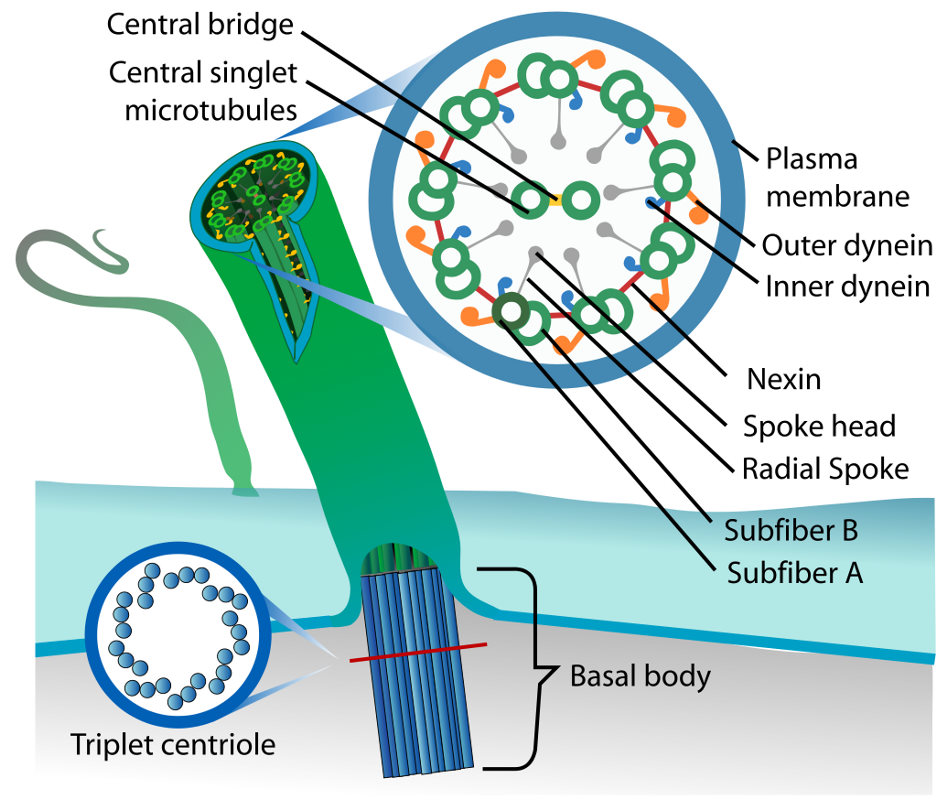
A cilium (plural cilia) is an organelle found in eukaryotic cells. Cilia are slender protuberances typically extending some 5?10 micrometers outwards from the cell body. There are two types of cilia: motile cilia, which constantly beat directionally, and non-motile?or primary?cilia, which typically serve as sensory organelles
From the work of LadyofHats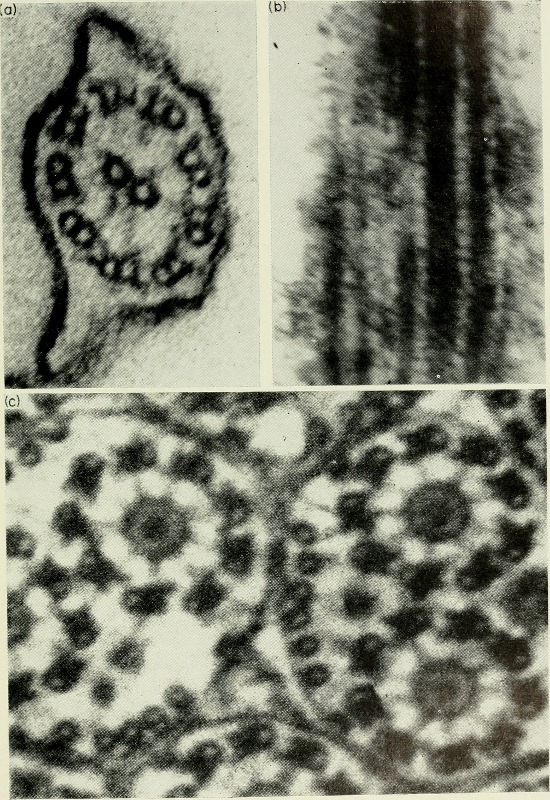
Work by Michael Sleigh
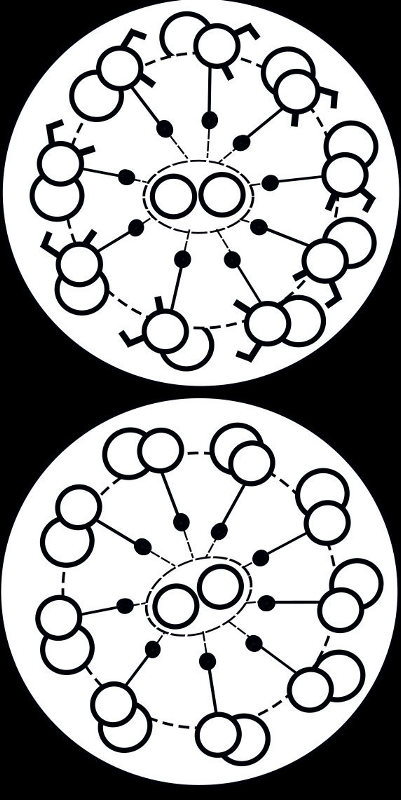
Normal cilia (above) and cilia in Kartagener’s syndrome (below) with absent inner and outer dynein arms
From the work of Filip em
